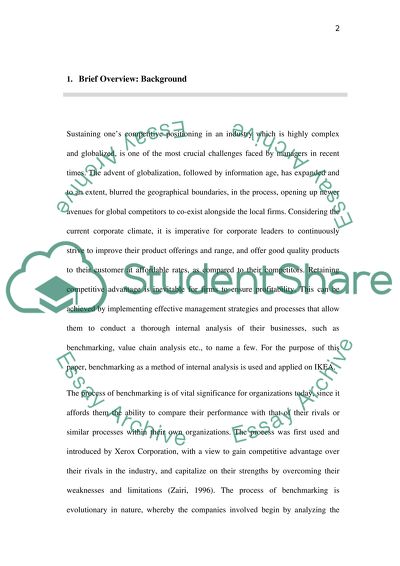Cite this document
(“IKEA Analysis Essay Example | Topics and Well Written Essays - 2500 words”, n.d.)
Retrieved de https://studentshare.org/marketing/1399141-ikea-analysis
Retrieved de https://studentshare.org/marketing/1399141-ikea-analysis
(IKEA Analysis Essay Example | Topics and Well Written Essays - 2500 Words)
https://studentshare.org/marketing/1399141-ikea-analysis.
https://studentshare.org/marketing/1399141-ikea-analysis.
“IKEA Analysis Essay Example | Topics and Well Written Essays - 2500 Words”, n.d. https://studentshare.org/marketing/1399141-ikea-analysis.


